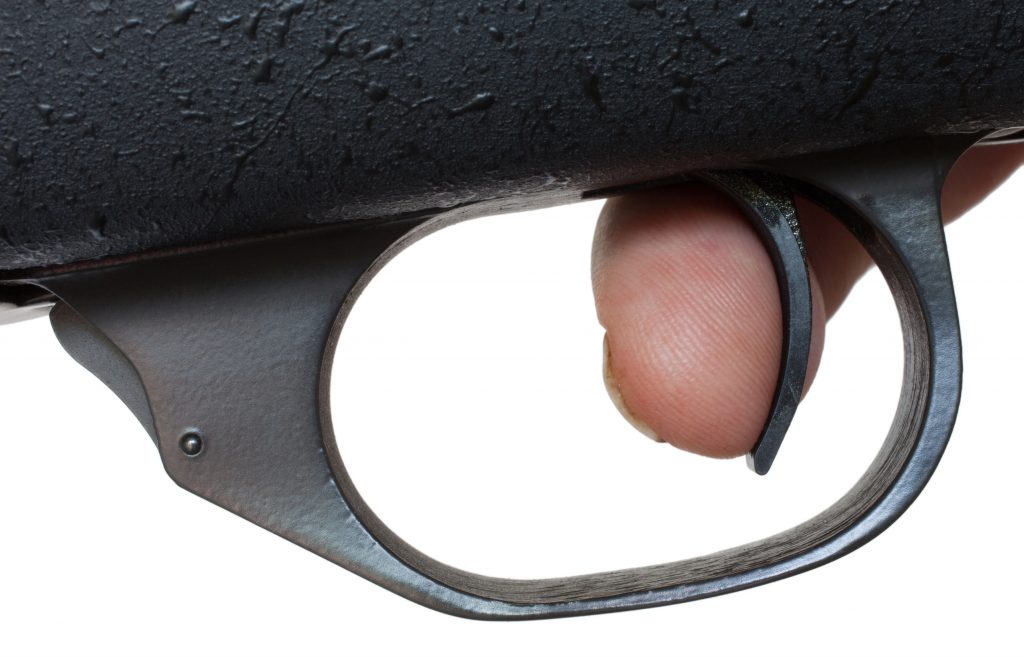
US District Judge Ortrie D. Smith finally approved a class action case involving 7.5 million defective triggers in Remington Guns. Though the company accepted the terms of the settlement, it continues to deny the allegations that guns were going off without the trigger being pulled.
Under the terms of the settlement, Remington Arms Co. will have to pay under $3 million toward replacing triggers in a variety of different firearms. For models that are too old to be updated, the company will offer vouchers between $10 and $12.50.
According to CNBC, early on, Judge Smith expressed concern about the settlement amount saying, “If the settlement is approved, Remington is absolved of close to half a billion dollars in potential liability…at a cost of less than $3 million. That is a very small payment for Remington in this case.” The Judge also voiced concern regarding the $12.5 million going toward plaintiff lawyers’ fees, which he pointed out, exceed the amount being paid to claimants. Smith conceded to approve the settlement because he believed it was better to repair as many guns as possible than to risk the continuation of more hair-trigger incidents.
Critique of the Settlement
The Judge’s reasoning might be sound if more people were filing claims. In the past two years, since the announcement of the class action suit, only 22,000 gun owners have come forward, making for a 0.29 percent claims rate. A further problem has been highlighted by several critics of the settlement, including nine Attorneys General, who allege that Remington has not done enough to facilitate the filing of claims. Additionally, several gun owners have suggested that this is purposeful, as the methods for publicizing the settlement have been ineffective and the requirements for filing a claim are unnecessarily complicated.
Remington rebuffed these claims, saying the numbers only tell part of the story. Most gun owners, the company claimed, don’t want to give up their weapons for repair, especially if there’s nothing wrong.
A Brief History
Scott Cohn, who has done a lot of reporting on the subject, wrote an article in 2015, outlining the history of the class action suit, going back as far as 1989, when engineers met with lawyers to discuss plans to design a new trigger mechanism to defend the old one. According to notes taken at the meeting, the new trigger would need to prevent debris from getting inside the gun and would need to keep customers from making their own adjustments. Seventeen years and 100 lawsuits later, the company finally decided to install the new mechanism in Model 700.
The documents obtained by CNBC, which go back 70 years to the invention of the trigger, evince a serious effort by corporate attorneys to push for designing a new mechanism. They feared that switching to a new trigger would imply that they knew of the defect. These same documents also reveal Remington’s clever use of court secrecy provisions to stop the spread of information pertaining to the firearm’s malfunction.
The Victims
Many have suffered because of Remington’s defective product. One such person is Richard Barber, a long-time consumer of Remington products, who will never speak to his son again. Why? Because, during a hunting trip, his wife, Barbara, decided to reload a weapon that, unbeknownst to her, was fundamentally flawed.
At the end of the day, it is difficult for victims like the Barbers to obtain meaningful retribution because companies like Remington have more resources at their disposal, allowing them to continue indulging in unethical practices.
For more information on how to file a claim, you can visit this site.















